Sea turtles, those ancient mariners of our oceans, have been swimming the world’s waters for more than 100 million years. These remarkable reptiles capture our imagination with their graceful movements, incredible journeys, and gentle nature. Despite their long history on our planet, many sea turtle species now face significant threats from human activities and environmental changes. Learning about these fascinating creatures not only increases our appreciation for them but also helps us understand why conservation efforts are so crucial. Join me as we dive into twelve captivating facts about sea turtles that will deepen your connection to these magnificent ocean dwellers and perhaps inspire you to contribute to their protection.
Sea Turtles Have Been Around Since the Time of Dinosaurs
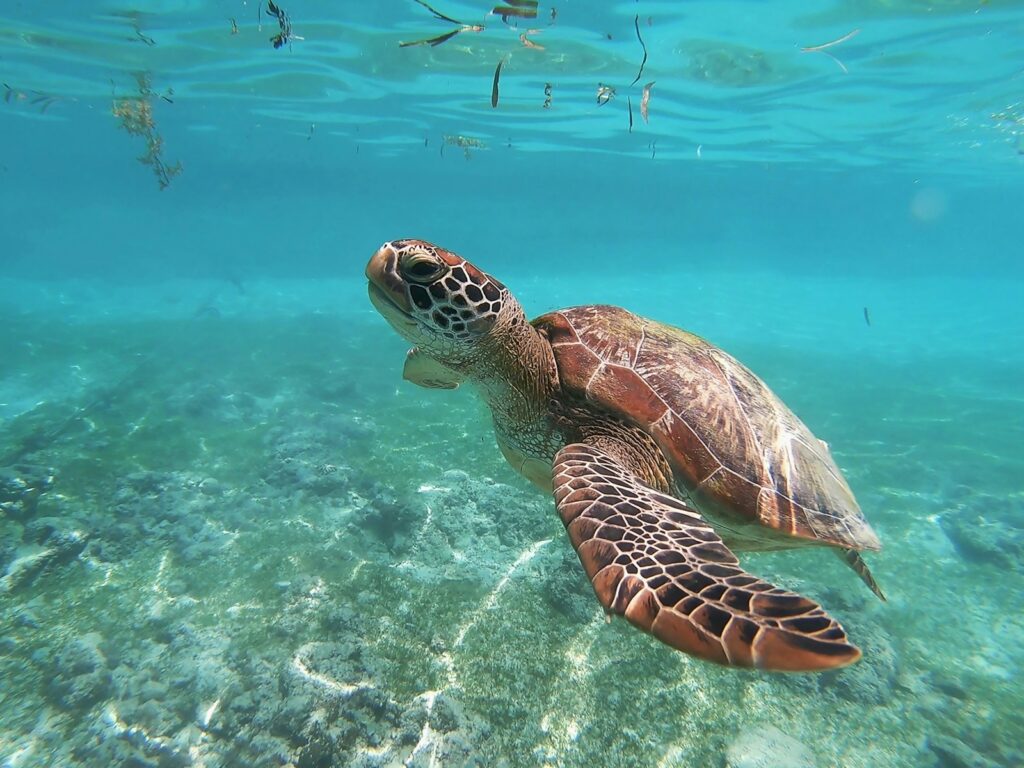
Sea turtles are living fossils that have graced our oceans for approximately 110 million years, dating back to the late Cretaceous period when dinosaurs still roamed the Earth. These ancient mariners have survived multiple mass extinction events, including the one that wiped out the dinosaurs about 65 million years ago. Their evolutionary success story speaks to their remarkable adaptability and resilience in changing ocean conditions over millennia. The basic body plan of sea turtles has remained largely unchanged for millions of years, with their distinctive shells and flipper-like limbs proving to be an effective design for ocean living.
They Return to Their Birthplace to Nest
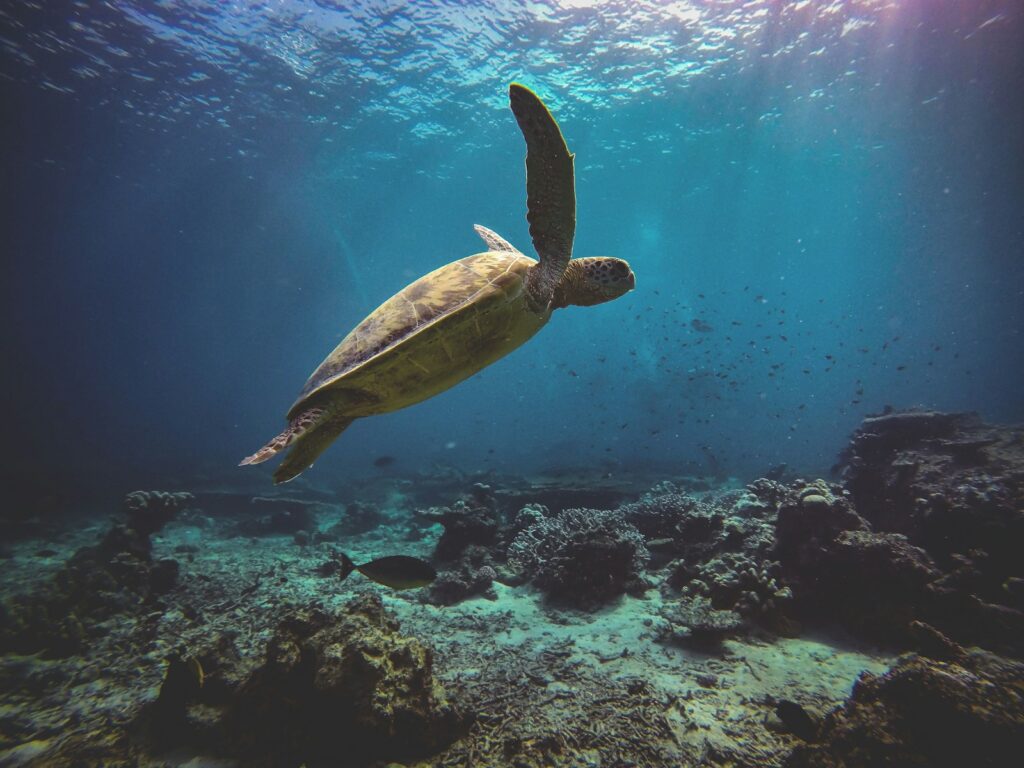
One of the most amazing behaviors of female sea turtles is their ability to return to the very beach where they were born to lay their own eggs, a phenomenon known as natal homing. Using the Earth’s magnetic field as a map and compass, these navigational experts can find their way back to their birthplace even after traveling thousands of miles across open ocean. Some species, like the loggerhead turtle, may spend 20-30 years maturing in distant feeding grounds before making this incredible journey home to reproduce. This remarkable navigation ability remains one of the great mysteries of animal behavior that scientists are still working to fully understand.
Sea Turtles Cannot Retract Into Their Shells
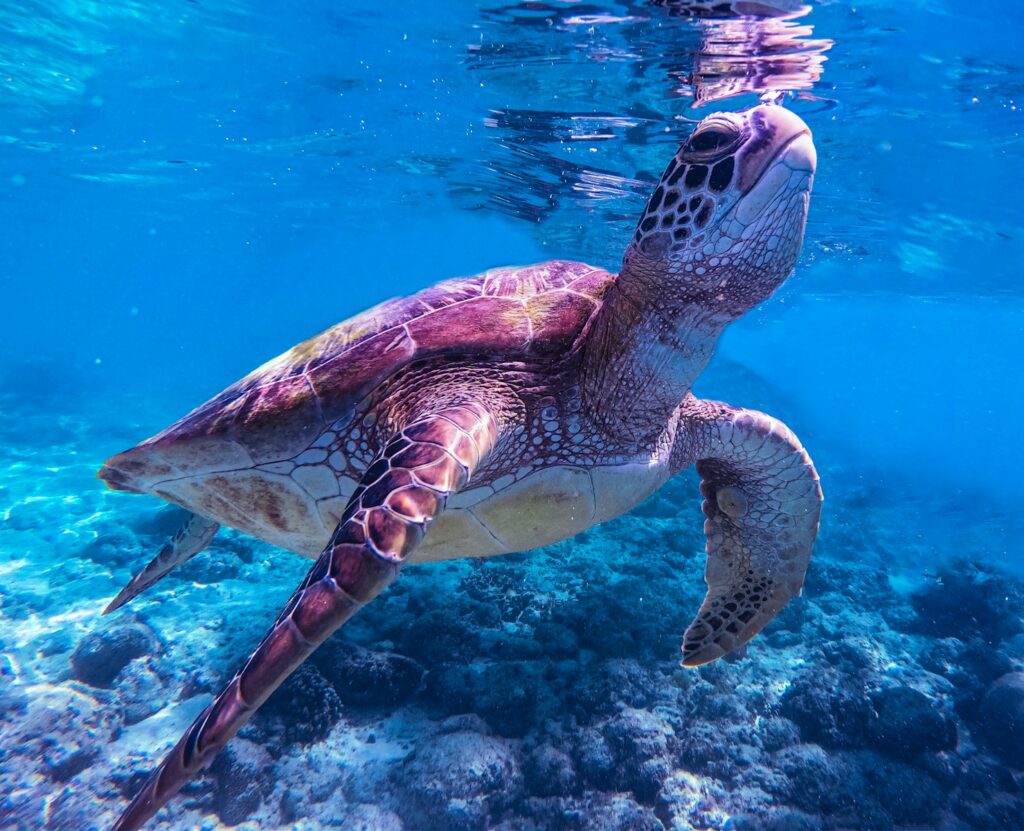
Unlike their land-dwelling cousins, sea turtles cannot pull their heads and limbs into their shells for protection. Their shells have evolved to be more streamlined for swimming, with reduced weight and a hydrodynamic shape that allows for efficient movement through water. The carapace (upper shell) and plastron (lower shell) are connected by a bridge of bone that prevents the turtle from retracting its extremities. This adaptation makes sea turtles more vulnerable to predators and injuries when on land, which is one reason why nesting females come ashore only briefly and usually under the cover of darkness.
Temperature Determines the Gender of Baby Sea Turtles
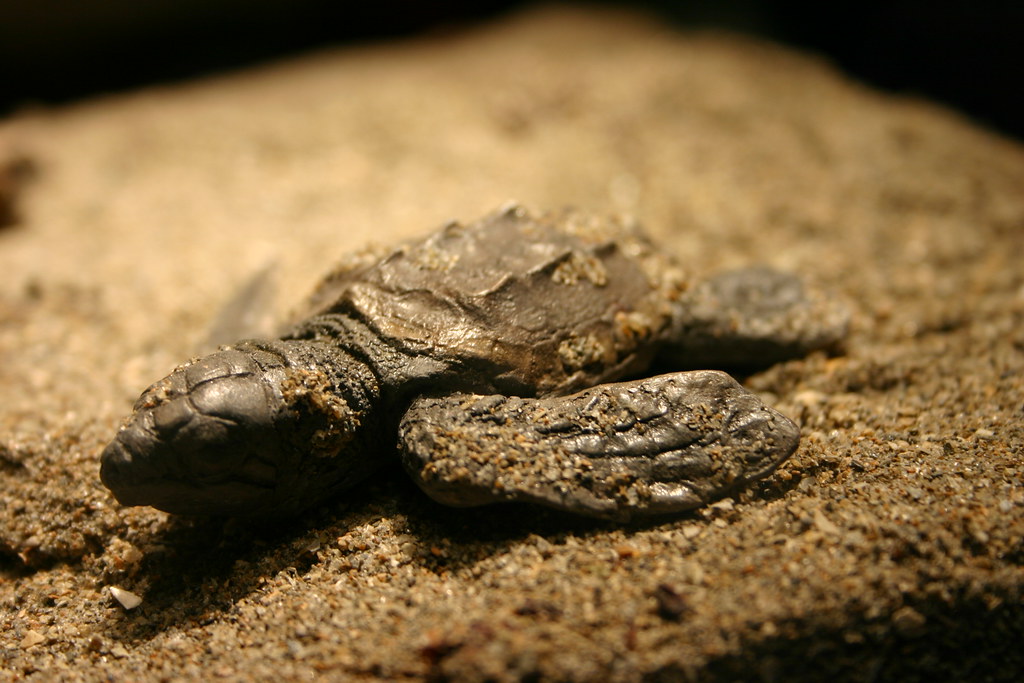
Sea turtle gender is not determined by chromosomes but by the temperature of the sand where eggs incubate, a phenomenon known as temperature-dependent sex determination. Warmer temperatures produce primarily female hatchlings, while cooler temperatures result in more males. The pivotal temperature range is typically around 29°C (84°F), with temperatures above this producing females and below producing males. This fascinating biological characteristic has significant implications for sea turtle conservation in the face of climate change, as warming beach temperatures could skew populations toward females, potentially leading to reproductive challenges. Scientists and conservationists are actively monitoring this situation and developing strategies such as shading nests or relocating them to cooler areas when necessary.
Some Species Can Hold Their Breath for Hours
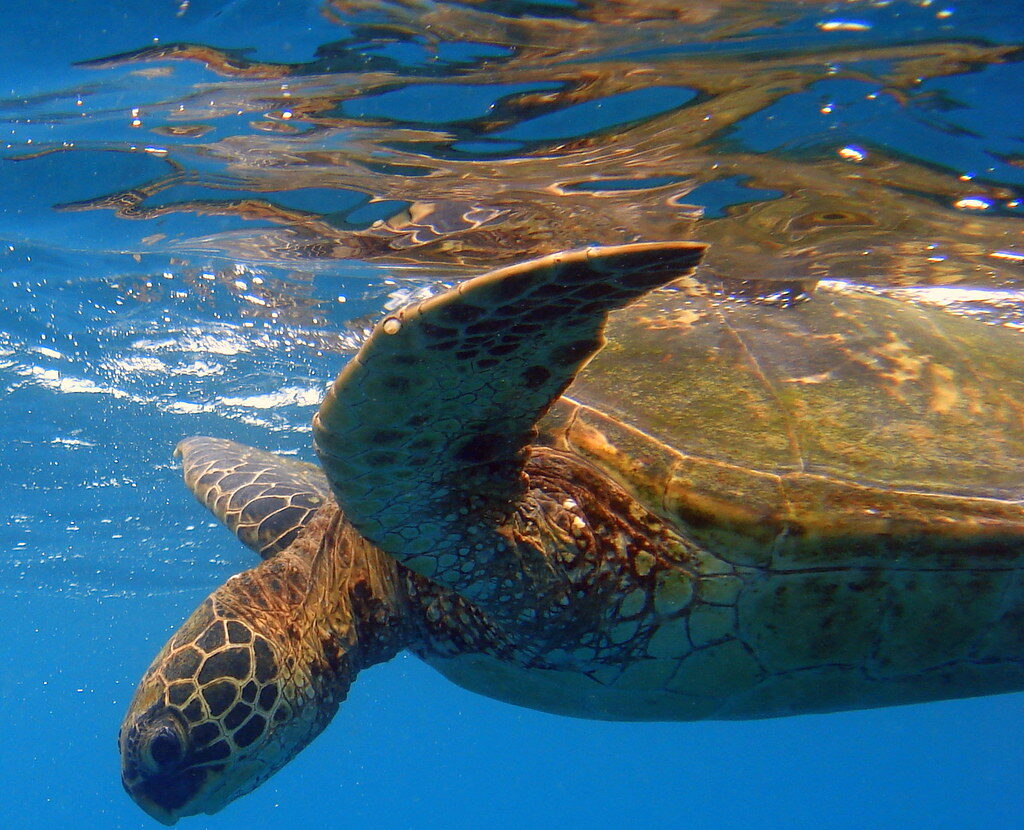
Sea turtles are remarkable divers, with some species capable of holding their breath for extraordinary periods. The leatherback turtle, for instance, can remain underwater for up to 85 minutes during deep dives, while green sea turtles can sleep underwater for 4-7 hours without surfacing for air. Their incredible breath-holding ability stems from several adaptations, including the capacity to slow their heart rate dramatically to conserve oxygen during long dives. Sea turtles can also extract maximum oxygen from each breath and store it efficiently in their blood and muscles, allowing them to undertake extended foraging expeditions at depth. This impressive adaptation enables them to access food resources unavailable to many other marine creatures.
Leatherback Sea Turtles Can Dive Deeper Than Most Marine Mammals
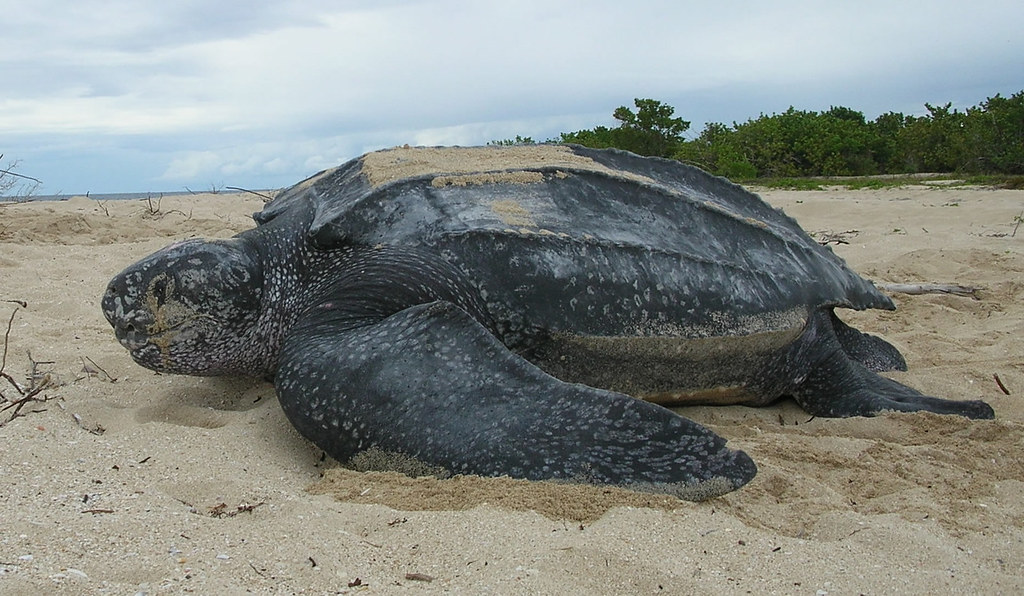
The leatherback sea turtle holds the distinction of being the deepest-diving reptile, plunging to depths exceeding 3,900 feet (1,200 meters) – deeper than most marine mammals and rivaling some whale species. These incredible dives are possible due to the leatherback’s unique adaptations, including a flexible, ridged carapace that can withstand immense pressure and specialized blood vessels that help regulate body temperature in cold, deep waters. Leatherbacks undertake these profound dives in pursuit of their favorite prey: jellyfish, which often congregate at great depths. Their remarkable diving abilities demonstrate how specialized these ancient reptiles have become for life in the open ocean, occupying ecological niches that few other animals can access.
The Leatherback Is the Largest Sea Turtle Species
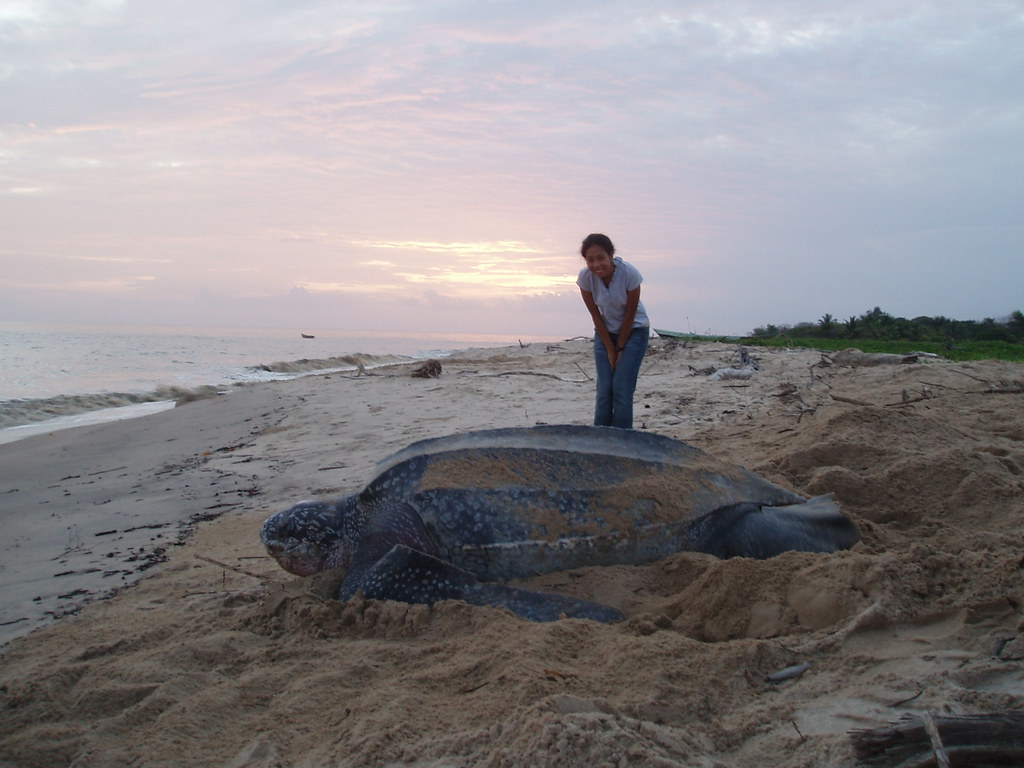
Leatherback sea turtles stand out as true giants among their kind, with adults typically reaching 6-7 feet (1.8-2.2 meters) in length and weighing between 550-2,000 pounds (250-900 kg). The largest leatherback ever recorded stretched nearly 10 feet (3 meters) from head to tail and weighed over 2,000 pounds (907 kg), dimensions that rival those of a small automobile. Unlike other sea turtles, leatherbacks don’t have a hard shell but rather a leathery carapace composed of small bones embedded in tough, oily connective tissue. This unique anatomy allows them greater flexibility and the ability to withstand extreme pressure at depth, contributing to their status as the most widely distributed of all sea turtle species, found in tropical, subtropical, and even cold temperate waters worldwide.
Sea Turtles Play Critical Roles in Marine Ecosystems
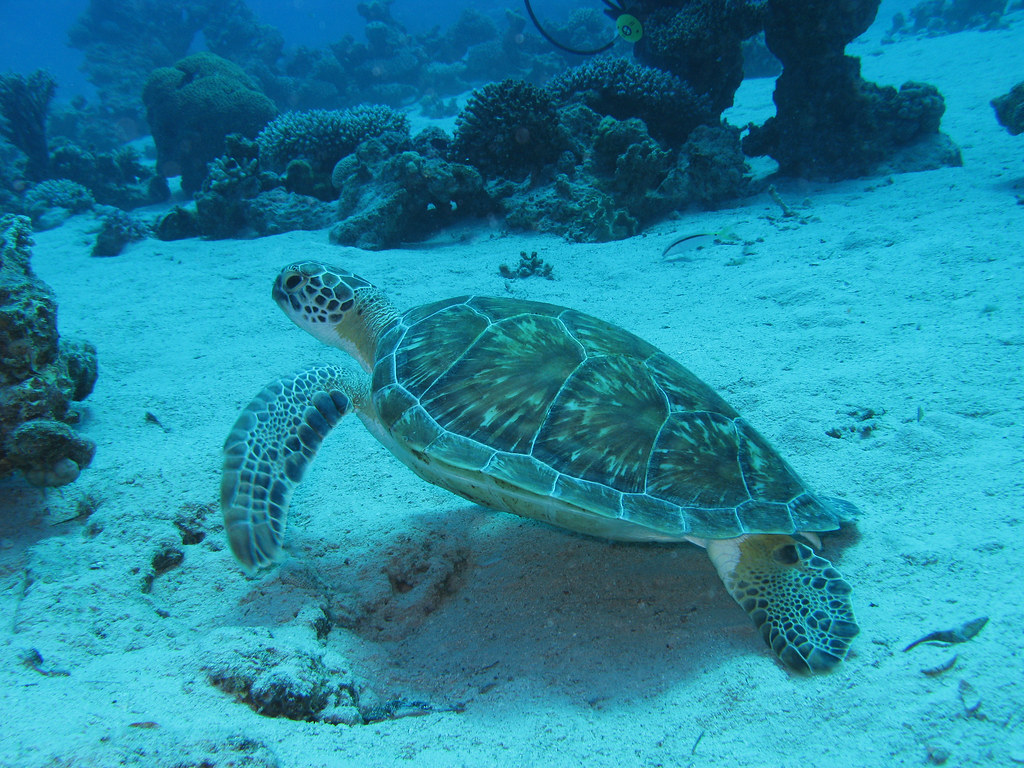
Sea turtles serve as keystone species within marine ecosystems, performing vital functions that maintain the health and balance of ocean habitats. Green sea turtles, for instance, act as “lawnmowers” of seagrass beds, keeping these important nursery areas healthy and productive through their grazing activities. Hawksbill turtles help maintain the diversity and health of coral reef ecosystems by feeding on specific sponges that would otherwise outcompete reef-building corals. The nesting activities of sea turtles transfer essential nutrients from marine to terrestrial environments, enhancing coastal vegetation growth. Even empty egg shells and unhatched eggs provide nutrients that support dune vegetation, contributing to beach stability and reducing erosion that could threaten coastal communities.
They Face Numerous Human-Caused Threats
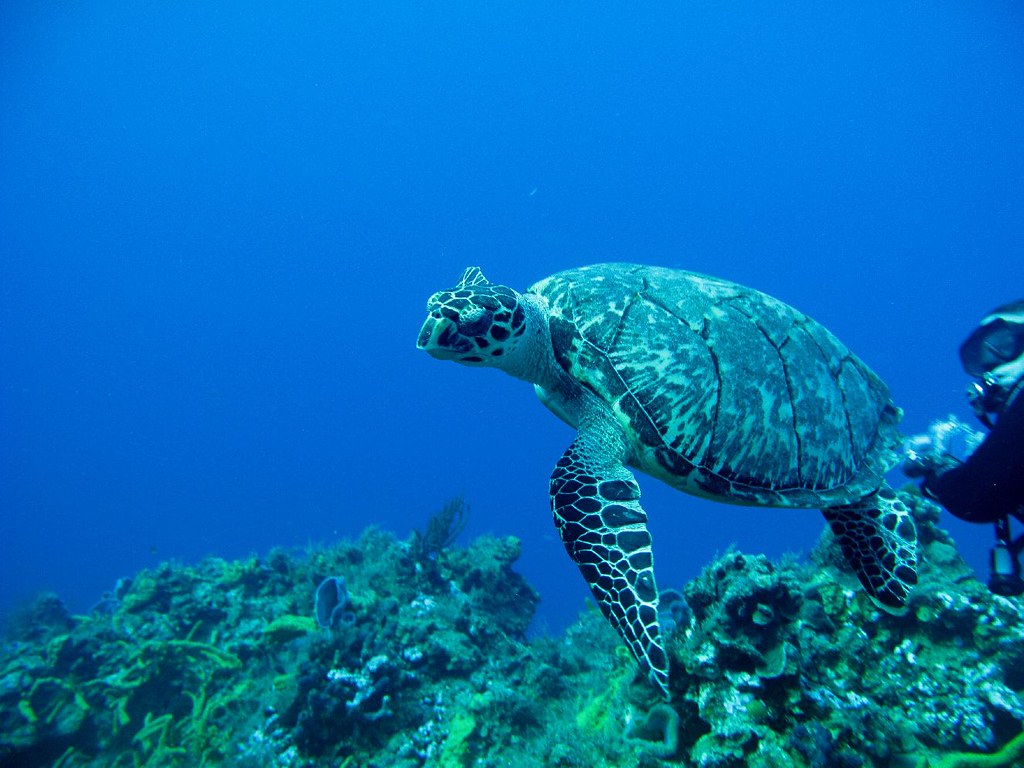
Despite surviving for millions of years, sea turtles now face unprecedented challenges primarily resulting from human activities. Plastic pollution poses a significant danger, as turtles often mistake floating plastic bags for jellyfish, leading to fatal intestinal blockages or malnutrition. Fishing gear entanglement claims thousands of turtle lives annually, with abandoned “ghost nets” continuing to trap and kill marine life long after being discarded. Coastal development has destroyed critical nesting beaches and created light pollution that disorients hatchlings, causing them to crawl away from the ocean instead of toward it. Climate change presents perhaps the most pervasive threat, altering sand temperatures that determine hatchling sex ratios, increasing storm intensity that erodes nesting beaches, and changing ocean currents that turtles depend on for migration.
Sea Turtles Can Live for Many Decades
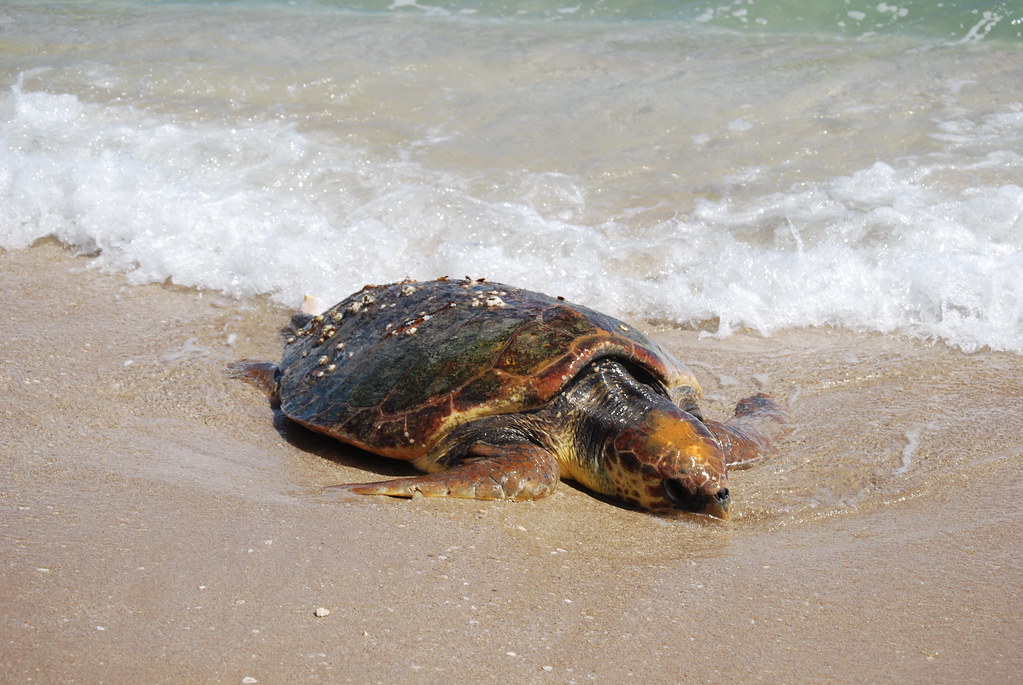
Sea turtles are among the longest-lived reptiles, with lifespans that can extend well beyond 50 years in the wild. Green sea turtles typically live 60-70 years, while loggerheads may reach 70-80 years of age under favorable conditions. Scientists estimate that some sea turtle species might live even longer, potentially reaching the century mark, though confirming exact lifespans remains challenging due to the difficulty of tracking individuals over such extended periods.
This longevity means that sea turtles born today could still be swimming our oceans in the 2090s, connecting present and future marine ecosystems across generations. Their long life cycles also present conservation challenges, as turtles take decades to reach sexual maturity (25-35 years in some species), making population recovery a slow process even with effective protection measures.
Baby Sea Turtles Face Tremendous Survival Challenges
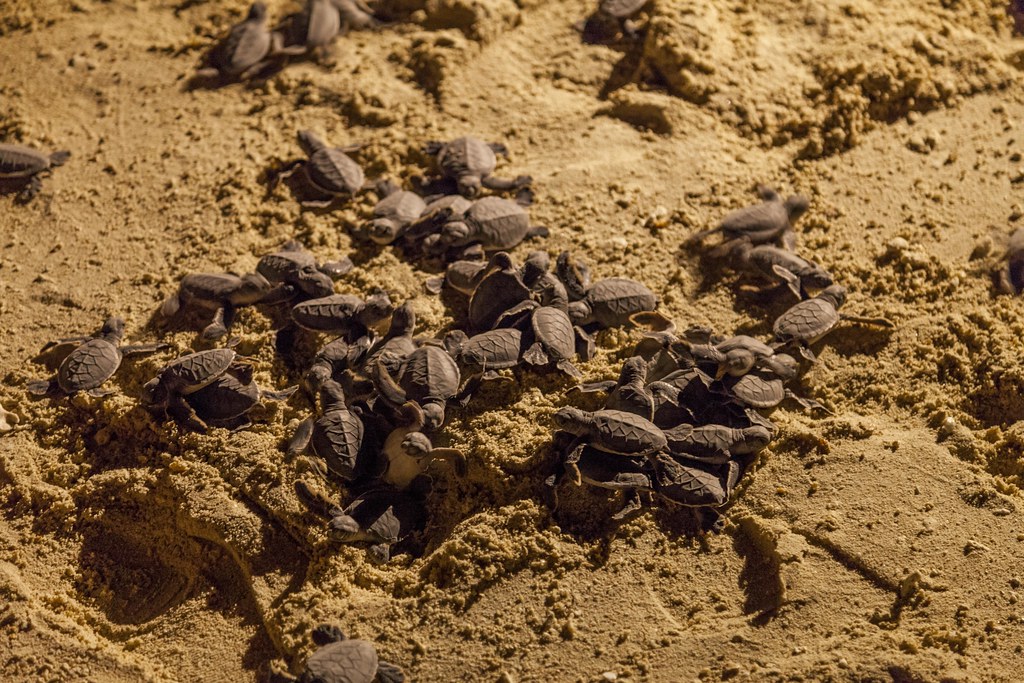
The journey of a sea turtle begins with remarkable adversity, as hatchlings face a gauntlet of threats from the moment they emerge from their sandy nests. Scientists estimate that only about one in 1,000 sea turtle hatchlings will survive to adulthood, with predators like crabs, birds, and fish taking a heavy toll during the vulnerable first days of life. The initial sprint from nest to ocean, known as “the frenzy,” represents one of the most dangerous periods, as hatchlings must navigate across exposed beaches using the reflection of moonlight on water to guide them seaward.
Those that reach the ocean then face a perilous swimming marathon called the “swim frenzy,” lasting up to 48 hours as tiny turtles paddle frantically to reach deeper offshore waters where predation pressure decreases. Human activities have intensified these natural challenges, with artificial lighting disorienting hatchlings and leading them away from the sea toward roads or buildings where they face almost certain death.
Conservation Efforts Are Making a Difference
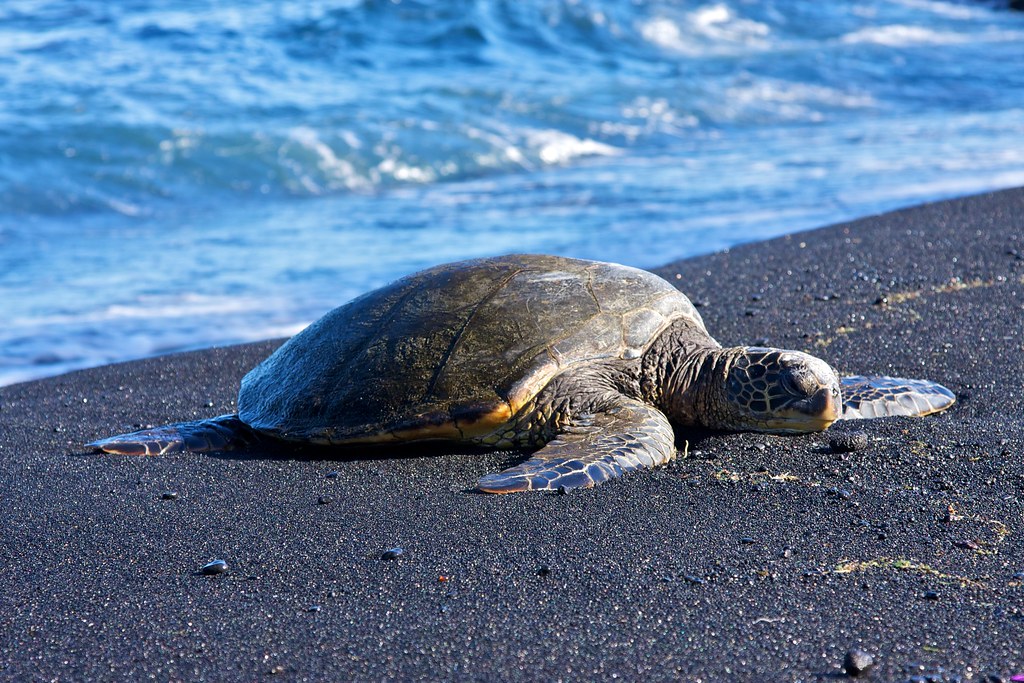
Despite the numerous threats facing sea turtles, dedicated conservation initiatives worldwide are achieving remarkable successes in protecting these ancient mariners. Beach protection programs, where volunteers and researchers monitor nesting sites, relocate threatened nests, and create protected hatcheries, have significantly increased hatching success rates in many regions. Innovations in fishing gear, such as turtle excluder devices (TEDs) that allow turtles to escape from trawl nets, have reduced drowning deaths by as much as 97% when properly implemented.
Public education campaigns have raised awareness about the importance of reducing plastic waste and keeping beaches clean and dark during nesting season. Perhaps most encouragingly, some populations, like the green sea turtles nesting in Florida and Hawaii, have shown substantial recovery, demonstrating that with sufficient protection and habitat preservation, these resilient reptiles can bounce back from the brink of extinction.
Sea turtles represent one of nature’s most enduring success stories, having navigated the planet’s changing conditions for over 100 million years. Their remarkable adaptations, from magnetic navigation to deep-diving capabilities, showcase the wonders of evolutionary processes. As we’ve discovered through these twelve fascinating facts, sea turtles are not just ancient survivors but crucial contributors to healthy marine ecosystems. While human activities have pushed many sea turtle populations toward endangerment, our growing understanding of their importance has sparked conservation efforts that offer hope. By continuing to learn about and protect these magnificent creatures, we ensure that future generations will also experience the wonder of watching a sea turtle glide effortlessly through crystal-clear waters or witnessing tiny hatchlings embark on their epic life journey. Our oceans would be vastly diminished without these gentle, ancient mariners—all the more reason to cherish and protect them.


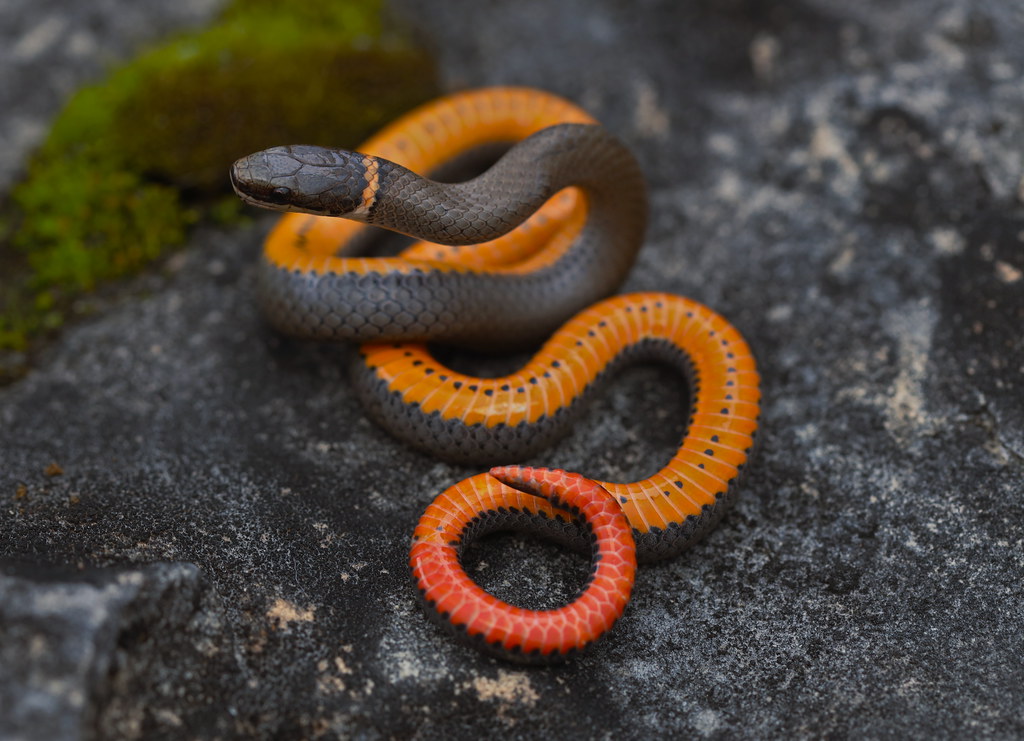
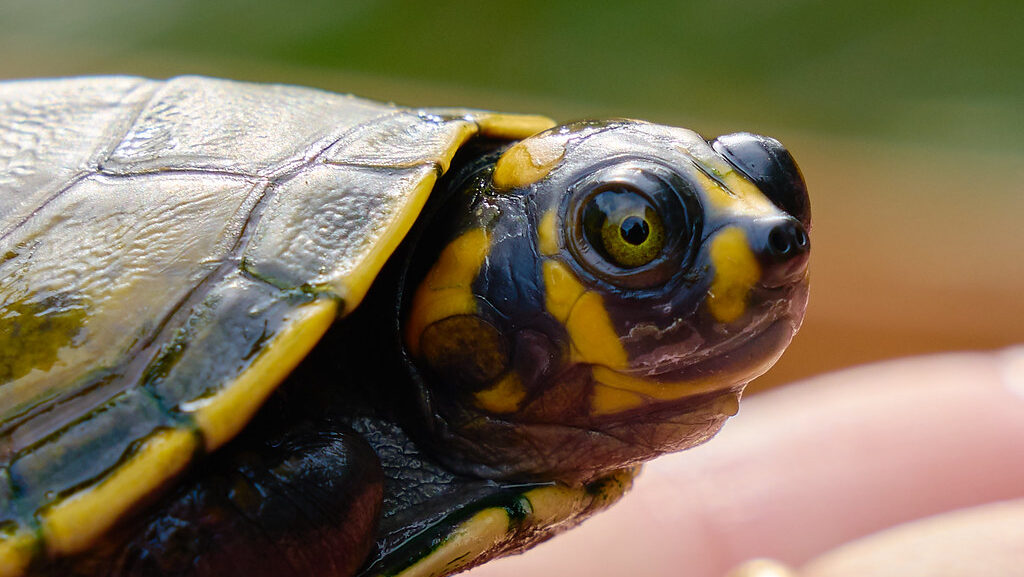

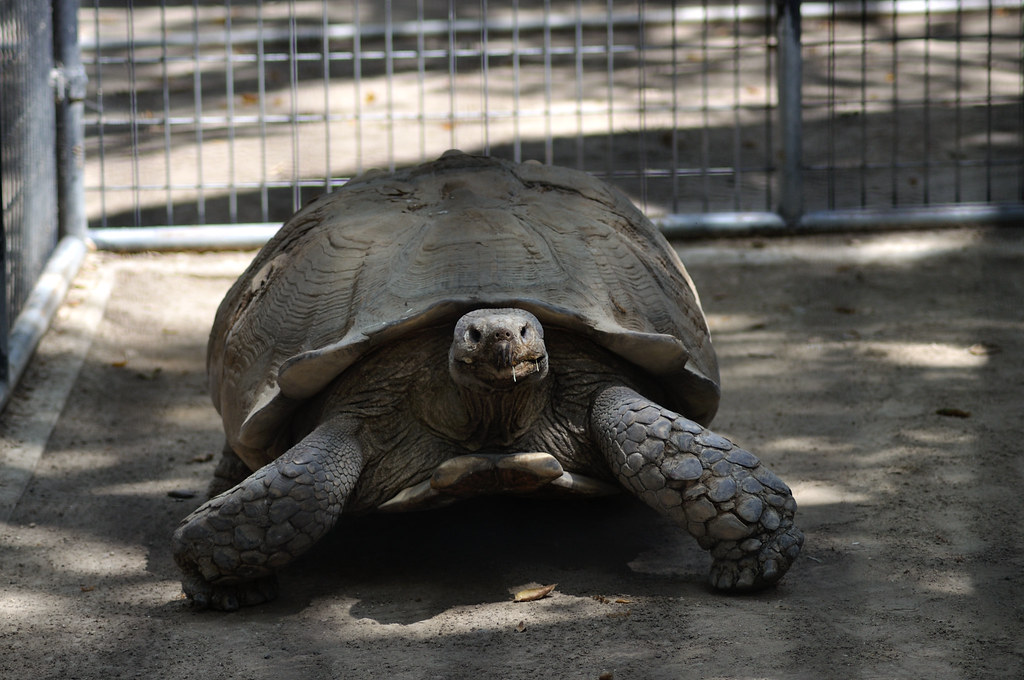
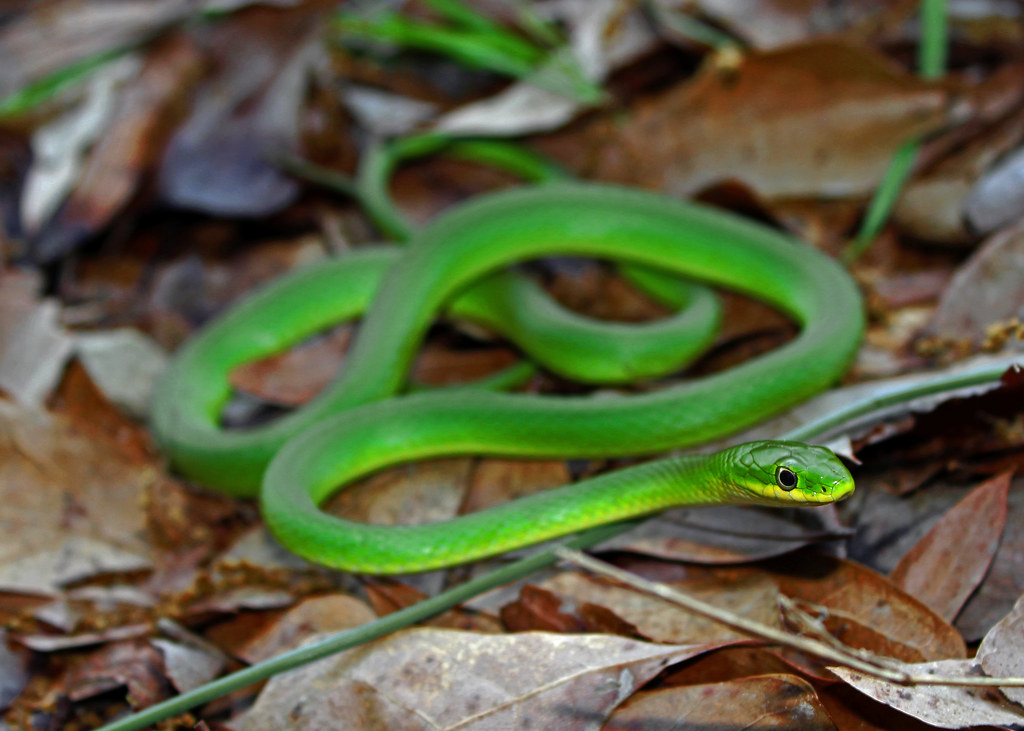
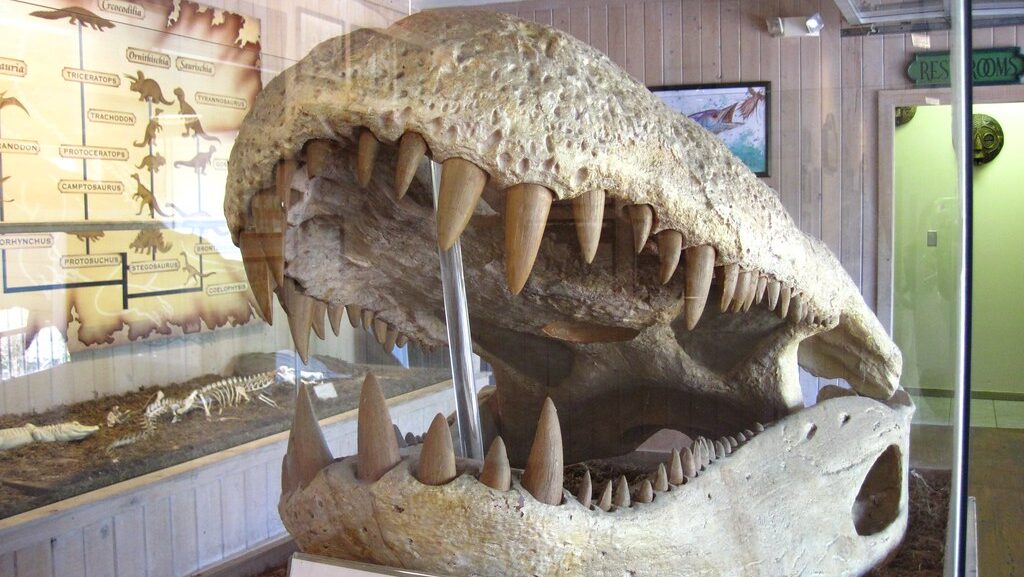
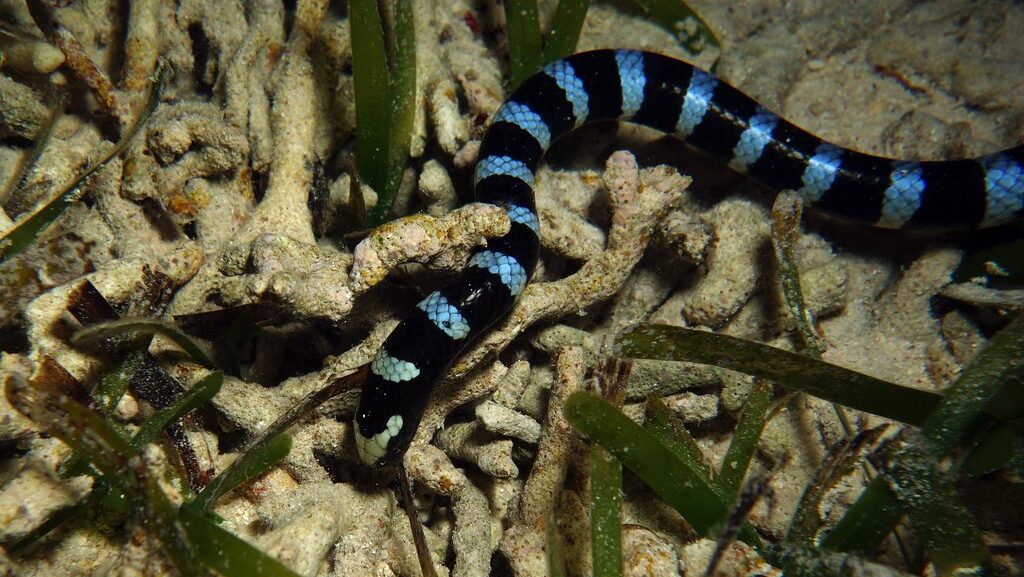
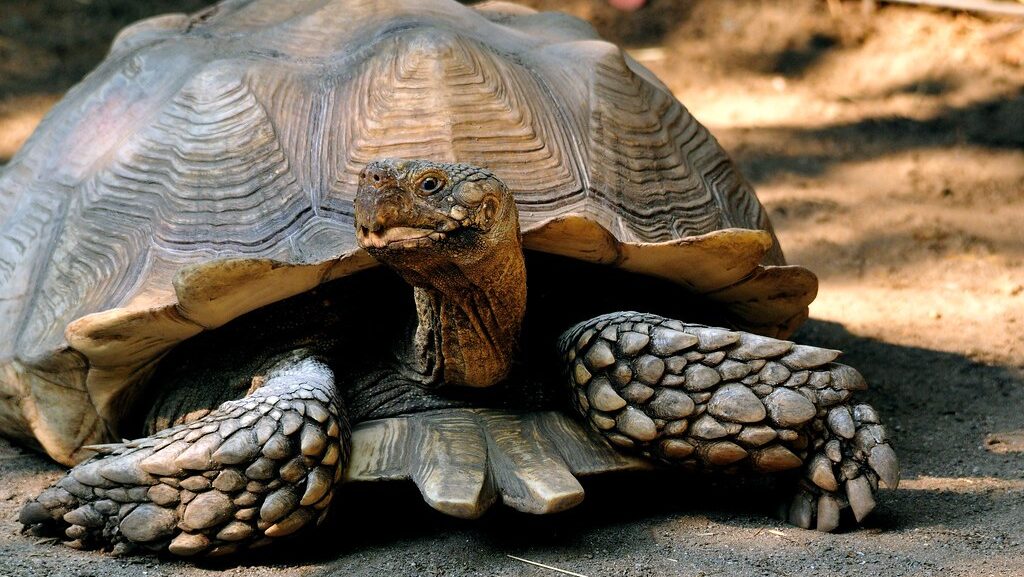




Leave a Reply